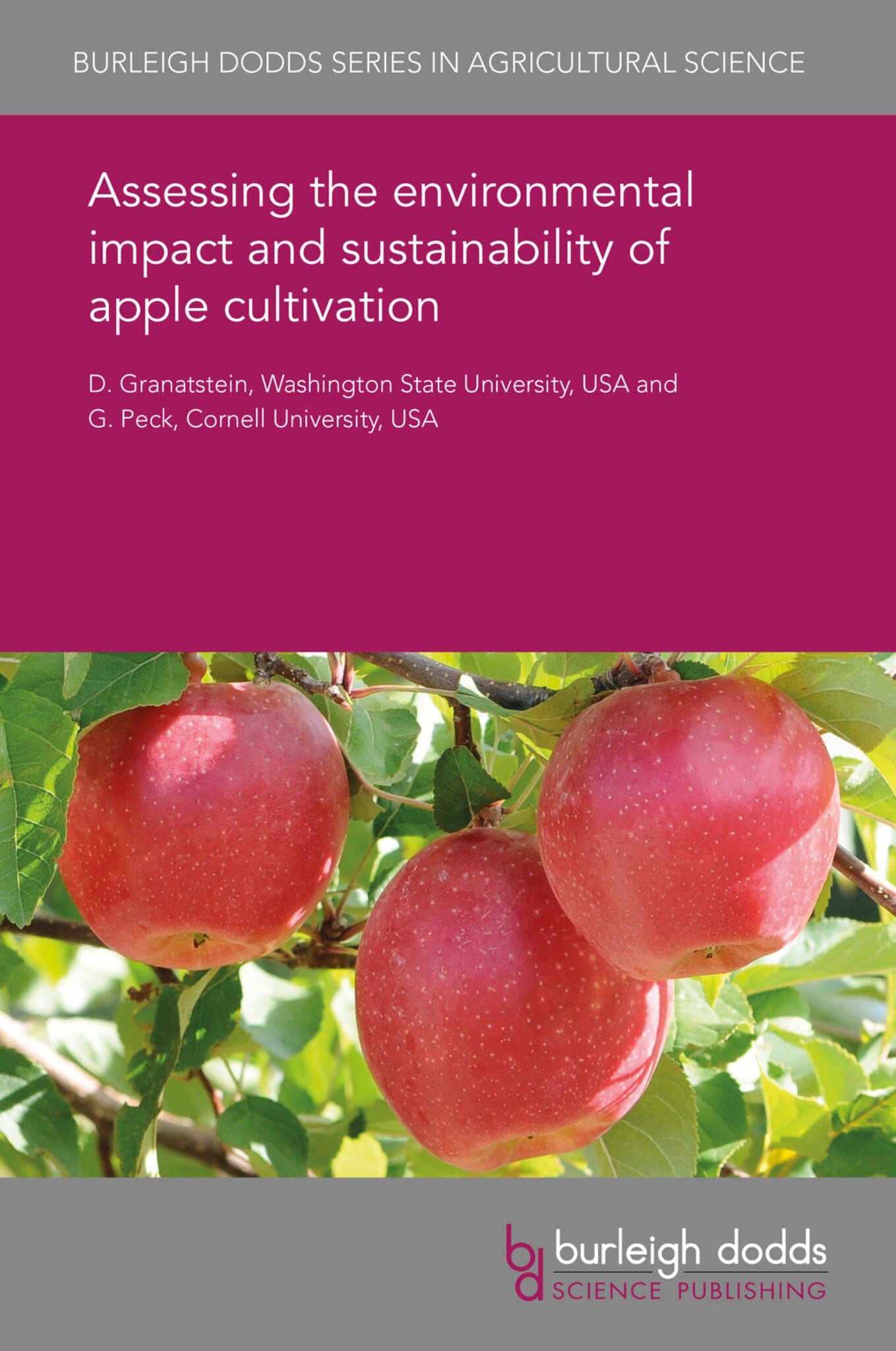We're sorry. An error has occurred
Please cancel or retry.
Assessing the environmental impact and sustainability of apple cultivation
Regular price
£25.00
Sale price
£25.00
Regular price
£25.00
Unit price
/
per
Sale
Sold out
Re-stocking soon
The environmental impact of apple production is determined by regional enviro-pedo-climatic features and socio-political factors, but can also be managed through cultivation practices and inputs. P...
Read More

Some error occured while loading the Quick View. Please close the Quick View and try reloading the page.
Couldn't load pickup availability
- Format:
-
18 May 2017

The environmental impact of apple production is determined by regional enviro-pedo-climatic features and socio-political factors, but can also be managed through cultivation practices and inputs. Pesticides typically have the greatest environmental impact, but energy use from operating machinery and the manufacturing processes used to create machinery, trellis and irrigation materials, fuel, and agrichemicals is also substantial. This chapter shows that apple production sustainability has increased for pest management and decreased for resource use. It demonstrates that high-density apple orchards require higher levels of infrastructure and resource inputs than older systems, and argues that enhancing biocontrol of pests and lengthening the usable life of equipment and infrastructure are important strategies for reducing environmental impact.

Price: £25.00
Publisher: Burleigh Dodds Science Publishing
Imprint: Burleigh Dodds Science Publishing
Series: Burleigh Dodds Series in Agricultural Science
Publication Date:
18 May 2017
ISBN: 9781838790172
Format: eBook
BISACs:
TECHNOLOGY & ENGINEERING / Agriculture / Sustainable Agriculture, Commercial horticulture, SCIENCE / Life Sciences / Horticulture, TECHNOLOGY & ENGINEERING / Agriculture / Agronomy / Crop Science, Sustainable agriculture, Organic farming

1 Introduction 2 Sustainability: definitions and trends 3 Environmental impacts of apple production 4 Studies of sustainable apple production 5 Regulatory and marketing schemes for sustainable orchard systems 6 Future trends and conclusion 7 Where to look for further information 8 References



